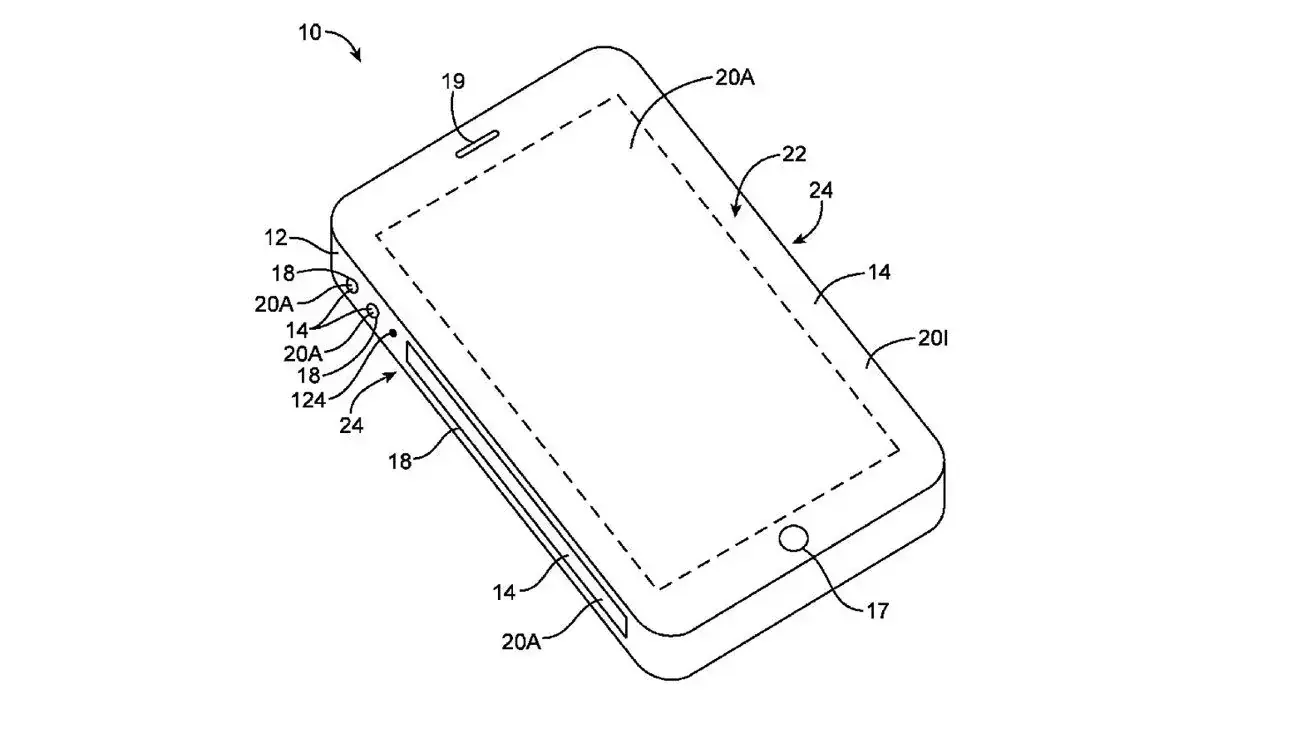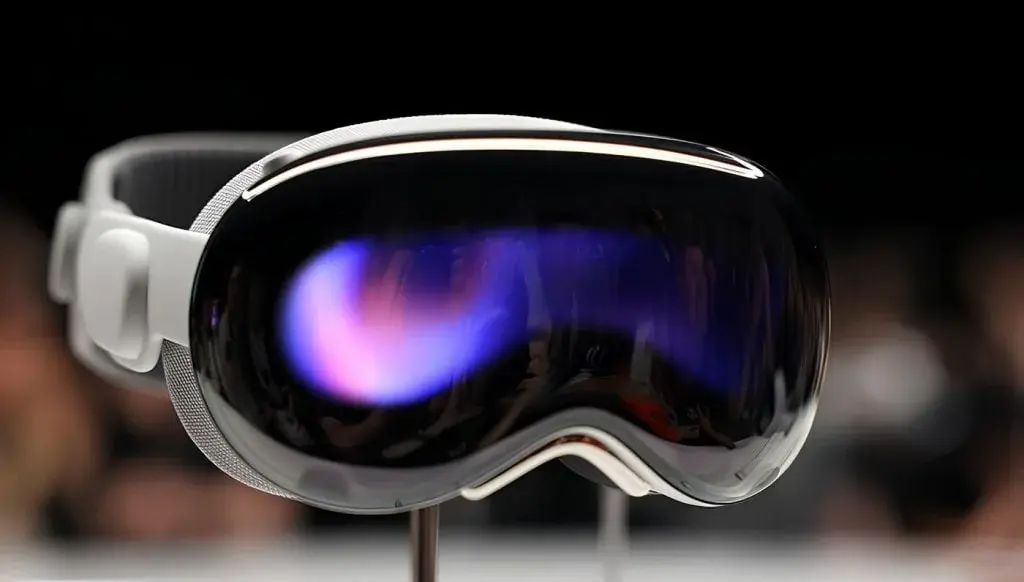Realme is looking to enter the foldable phone market, even though it had previously stopped its development. Last year, Madhav Sheth, who was the head of Realme India, teased a possible foldable phone by asking followers on social media if they liked the name “Realme Flip” or “Realme Fold.” This got a lot of people excited, but progress seemed to halt when Francis Wong, the company’s marketing chief, said that they would delay the release of a foldable phone because of worries regarding the durability of the folding mechanism.
A New Patent Suggests Progress
Recently, a new patent discovered on the China National Intellectual Property Administration’s website indicates that Realme might have started working on this idea again. The design shown in the patent is a book-style foldable, which is different from the slimmer designs seen in past patents. Reportedly, this design features a magnetic hinge for easy folding and a special heat dissipation system that helps move heat between the two sections of the device. This could enhance performance during long usage periods.
Awaiting Official Confirmation
Even though the patent provides insight into Realme’s plans, there are no confirmed details regarding the launch date or specs, including the chipset or display tech. However, Realme executives have previously mentioned that the brand is dedicated to tackling the common issues related to wear and tear that come with foldable devices.
It’s still uncertain how Realme will market its foldable device in such a competitive field. Still, potential updates could be forthcoming as the brand pushes forward with innovations and broadening its product offerings. Currently, there’s no word on the exact hardware specifications, like the choice of processor or display features, for Realme’s expected foldable device. Yet, this new patent suggests that the company’s earlier decision to pause development might have been a smart move to fine-tune the design before an eventual launch.





